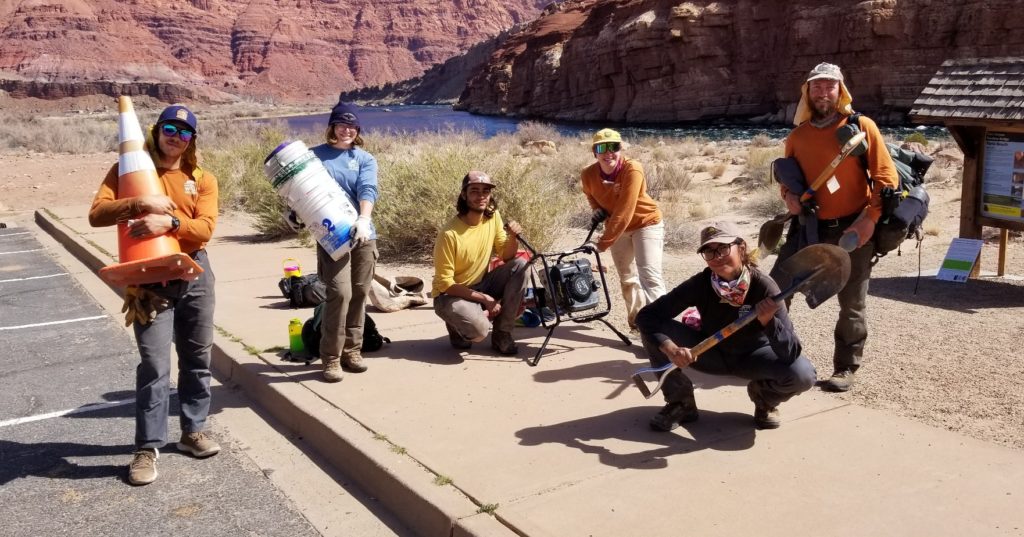
Welcome, Arizona enthusiast, to another round of adventures with Wild Arizona’s field crew. For this installment, the Wild Stew returned to Paria Beach along the Colorado River to continue a ecological restoration project that began a year ago.
Paria Beach is a 1,200 foot long strip of soft sand along the Colorado River where Grand Canyon National Park and Glen Canyon National Recreation Area meet, 10 miles south of Arizona’s northern border with Utah. The beach, the largest naturally forming of its kind in the state, is made primarily by sediment deposits brought in from the muddy Paria River, which joins the Colorado River from the northwest just a few thousand feet upstream. These kinds of beaches and sandbars are valuable habitat for the Grand Canyon ecosystem, and they are normally formed when the river floods. In order to simulate this process in the controlled environment that is the modern dammed Colorado River, it is important for the Glen Canyon Dam to periodically release high flows into the Grand Canyon to deliver sediment that maintains critical beach habitat.

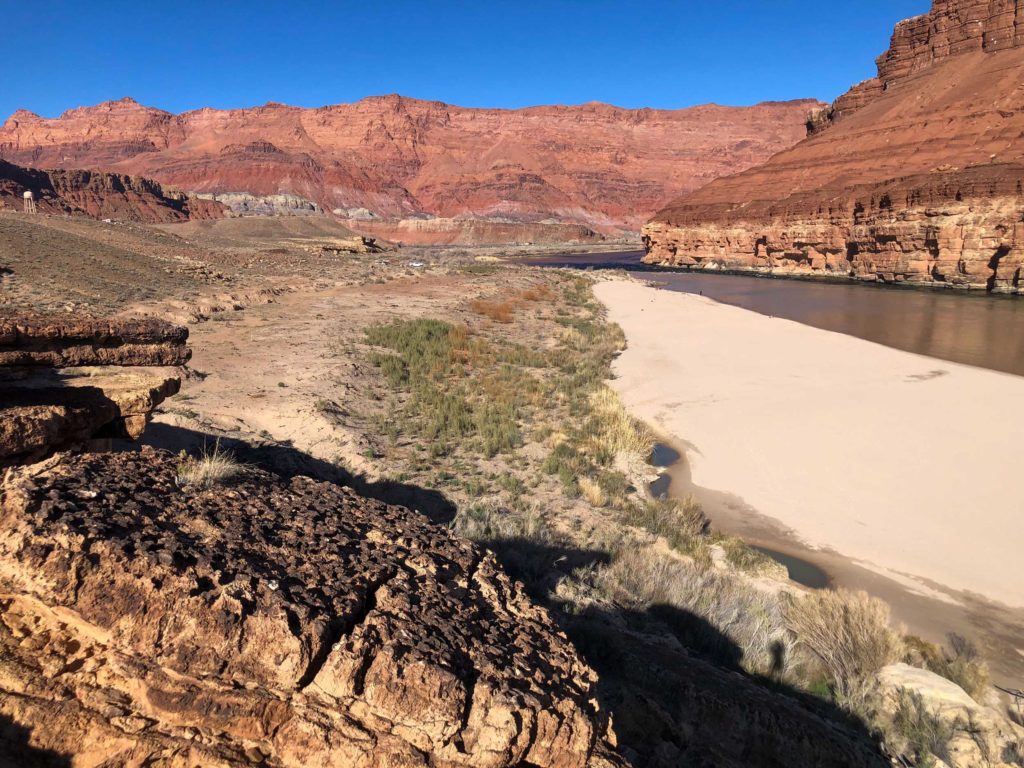
Back in April 2022, the Wild AZ field crew spent a hitch at Paria Beach working to transition the flora from one dominated by invasive Tamarisk trees to a more beneficial habitat of cottonwood and willow. You can read about that hitch here. With 25 of the original 148 plants surviving, it was time to go back and continue our restoration efforts. Ecological restoration is often a long process that requires continued monitoring and support to ensure a successful transition to a healthy ecosystem. So, with the help of Wild Arizona’s senior ecologist Larry Stevens, the Wild Stew Field Crew returned to Paria beach with new plants, new methods, and new faces.
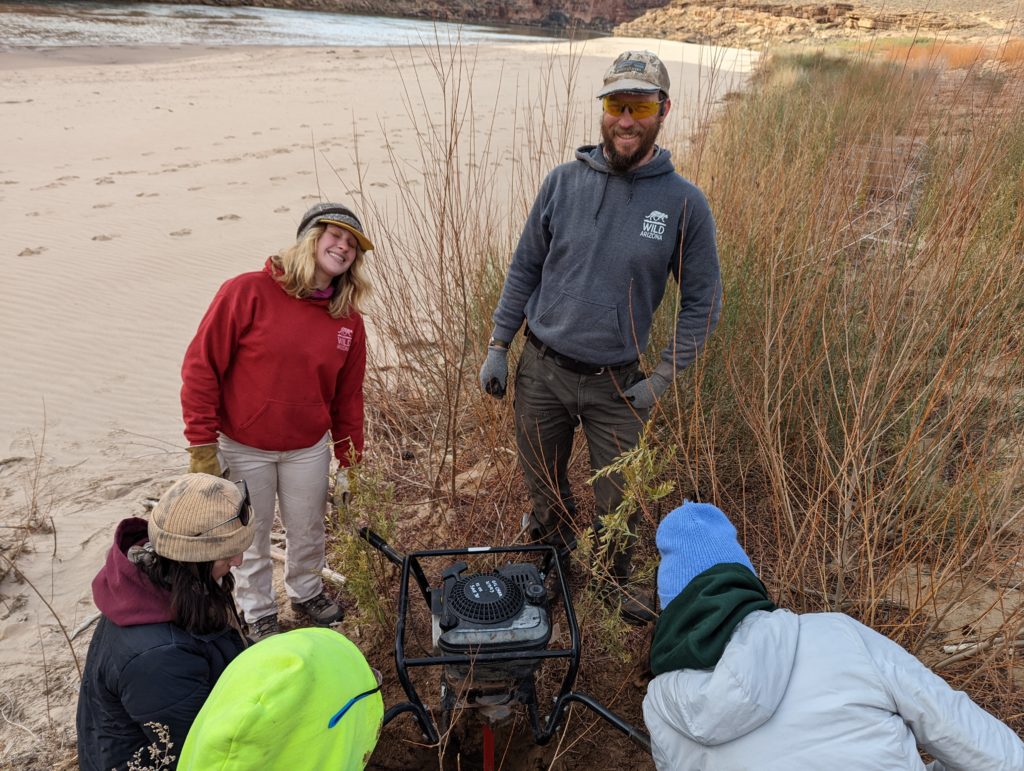
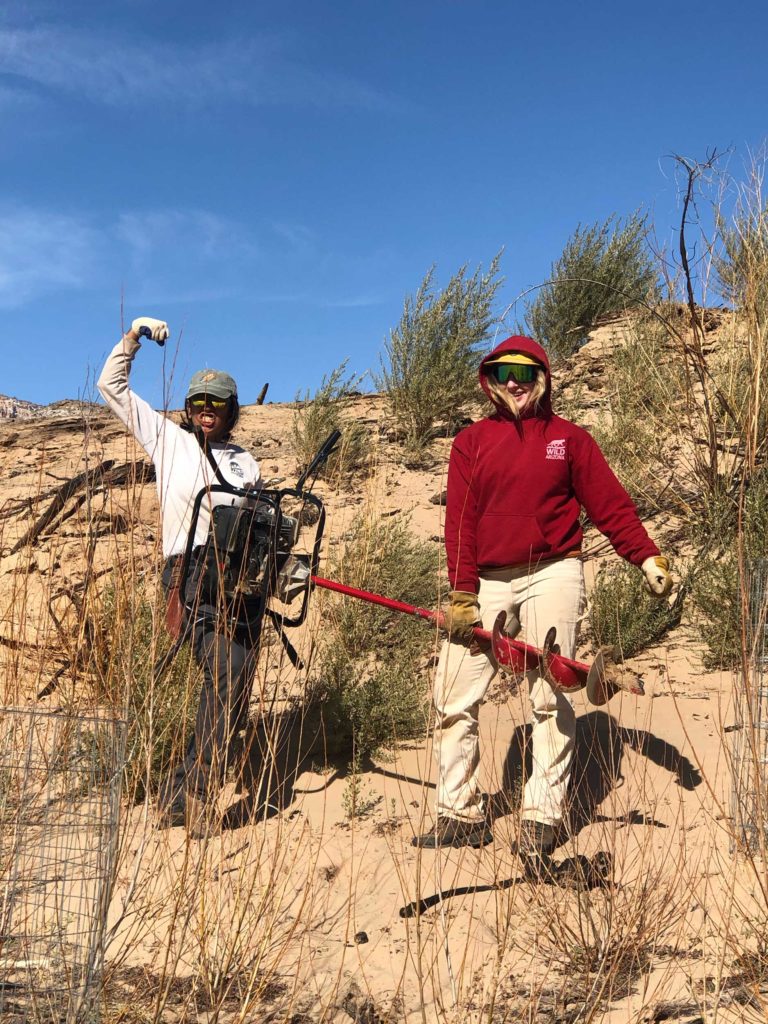
The hitch began with determining which plants had not survived and removing them to drill new holes for new plants. It was amazing seeing how the area had been brought back to life after the prescribed burn and clear cutting efforts last year. The cottonwood and willow plantings that did survive had grown significantly, and a thick canopy of Coyote Willow and other native plants had sprouted from their roots. The new tool of choice this year was a hand auger, which was much easier to transport than a skid steer, allowed us to navigate around other plants, and functioned as a great thigh workout taking it out of the ground. Meanwhile Larry, Lauren, and Nizhoni got a boat ride up the canyon to look for Fremont Cottonwood (Populus Fremontii) and Goodings Willow (Salix gooddingii) cuttings. The next day Larry and I headed to Page to collect 80 saplings of the same two species which had been grown from stem cuttings in the greenhouse at Page High School.
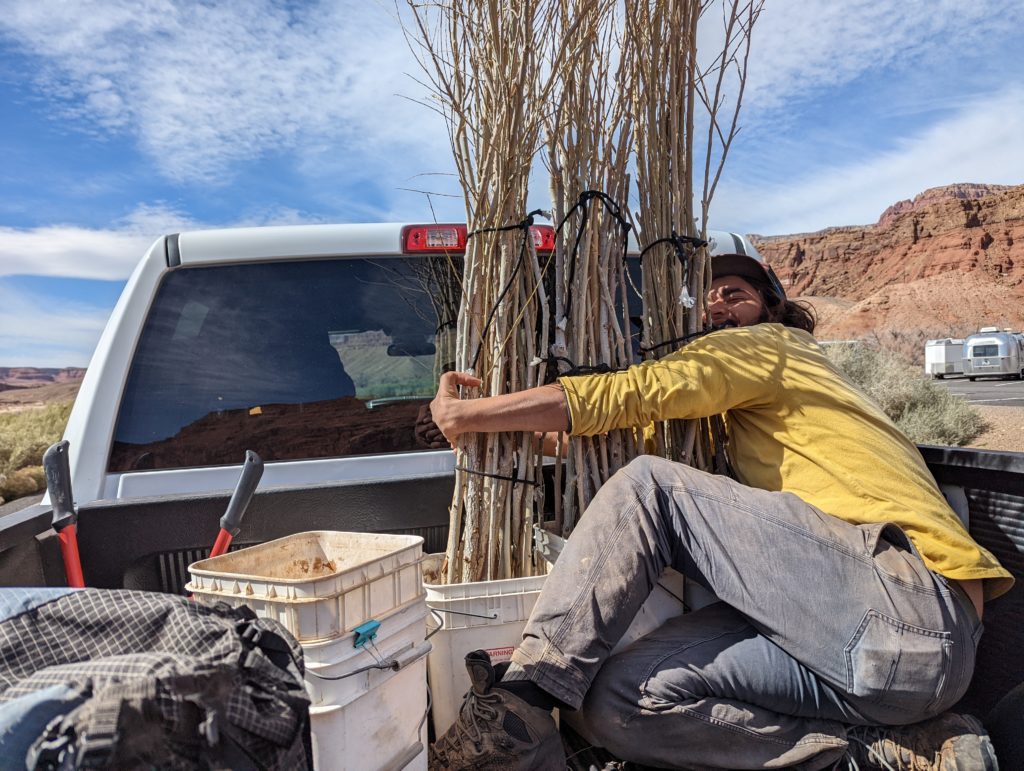
Several things were done differently this time around. We planted in March instead of April so that the cuttings weren’t yet leafing out. We dug deeper holes so the plants could reach further into wetter sand. We dusted the stem cutting ends with more rooting compound to encourage root growth. We soaked the stem cuttings in water for several days to ensure full saturation of the stems. We installed more plants in a wider area. All of these methods had been adjusted since last year in an effort to ensure a higher survival rate of our plantings.
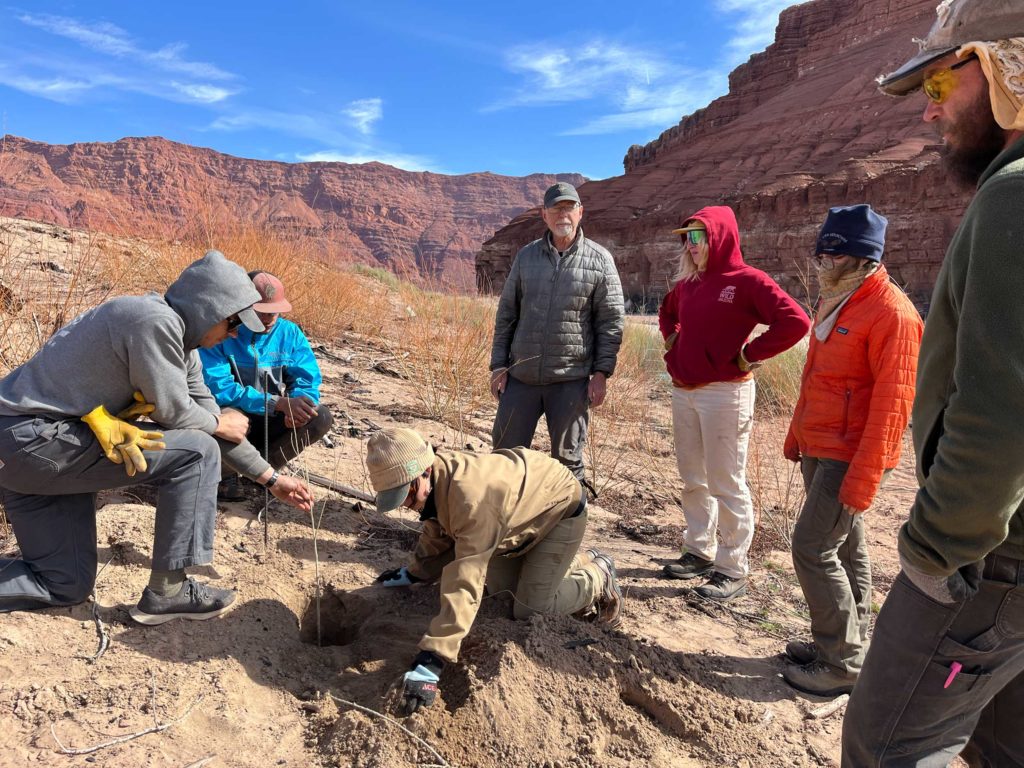
After holes had been dug and plants collected, it was time to start planting. We had ample time to be extra careful in making sure to give every specimen the care it deserved. Time was also spent checking each hole to see if any critters had fallen in. One hole had a Western Harvest Mouse (Reithrodontomys megalotis) which we removed and returned to its habitat nearby. Each new tree was given upwards of ten gallons of water throughout the planting process, something that can safely be done to such species as these that have the ability to turn off their water pumps when they have enough water. After all the planting had been completed, Montana Horchler from the Springs Stewardship Institute was already there to begin the monitoring process to see how the trees fair. We are all very excited to hear how the process unfolds.
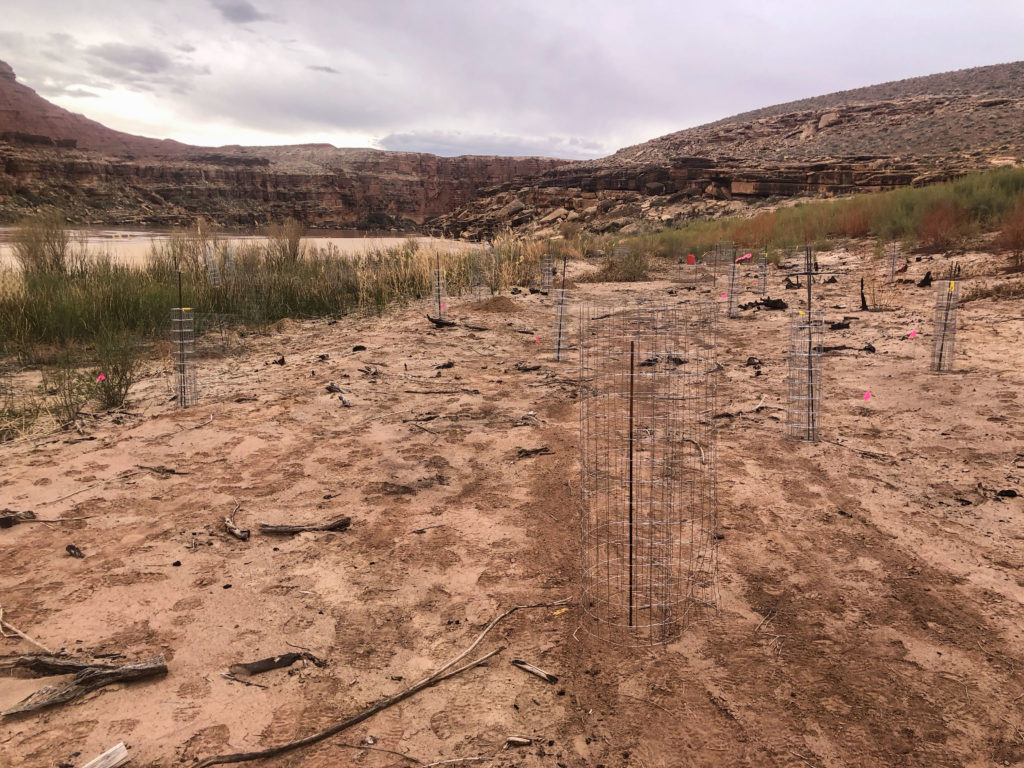
In between our work, the crew thoroughly enjoyed a return to the area and frontcountry hitch life. Tables? Seltzers? Bicycles? Coolers? Fresh vegetables? Big sleeping pads? Running potable water? Extra blankets? Flushing toilets? Camp chairs? Yes to all! We were thrilled to have this level of luxury after five months straight in the backcountry. During lunch breaks we dipped in the frigid Colorado River and after work time was spent hiking, biking, running, sharing baked goods (thank you to whoever put an apple strudel in our cooler), going out to eat in the town of Cliff Dwellers (thank you, Larry!) and partaking in our traditional crunchwrap supreme dinner on Bean Friday.
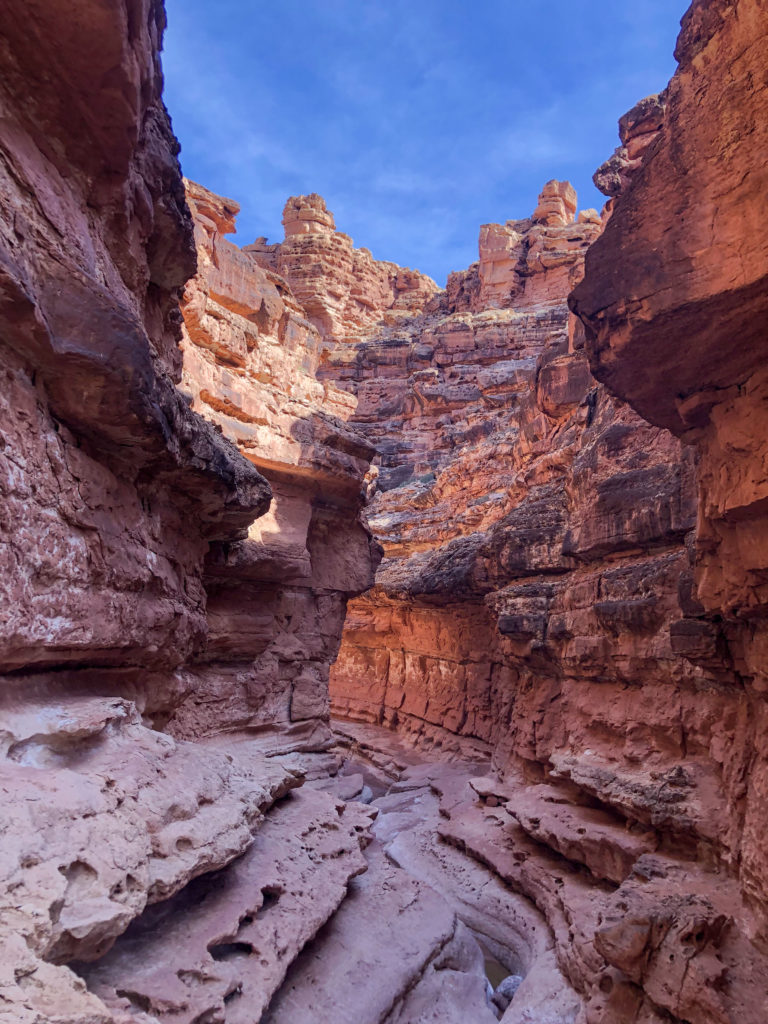
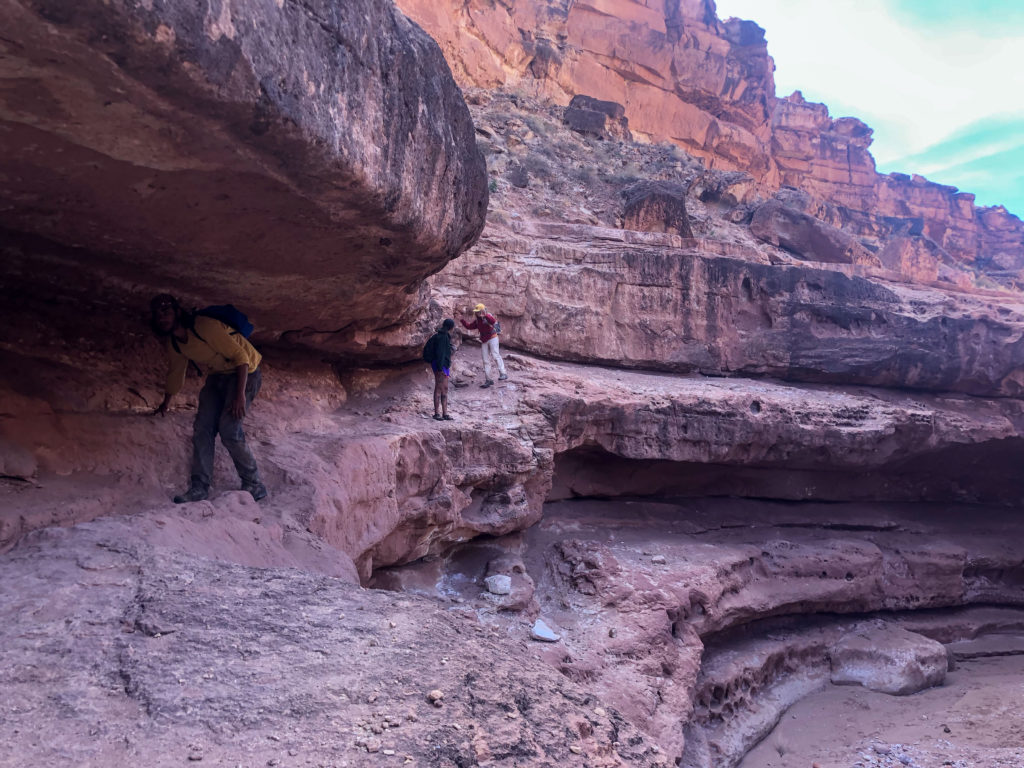
It was also a bittersweet time, as we said goodbye to assistant field crew leader Lauren Renteria and crew member Mary Clark-Keubler. Lauren is off to do plant and soil surveys with the Bureau of Land Management and American Conservation Experience, while Mary will be going to school for computer programming. It was a great pleasure to have them both on the crew, and we wish them nothing but the best.
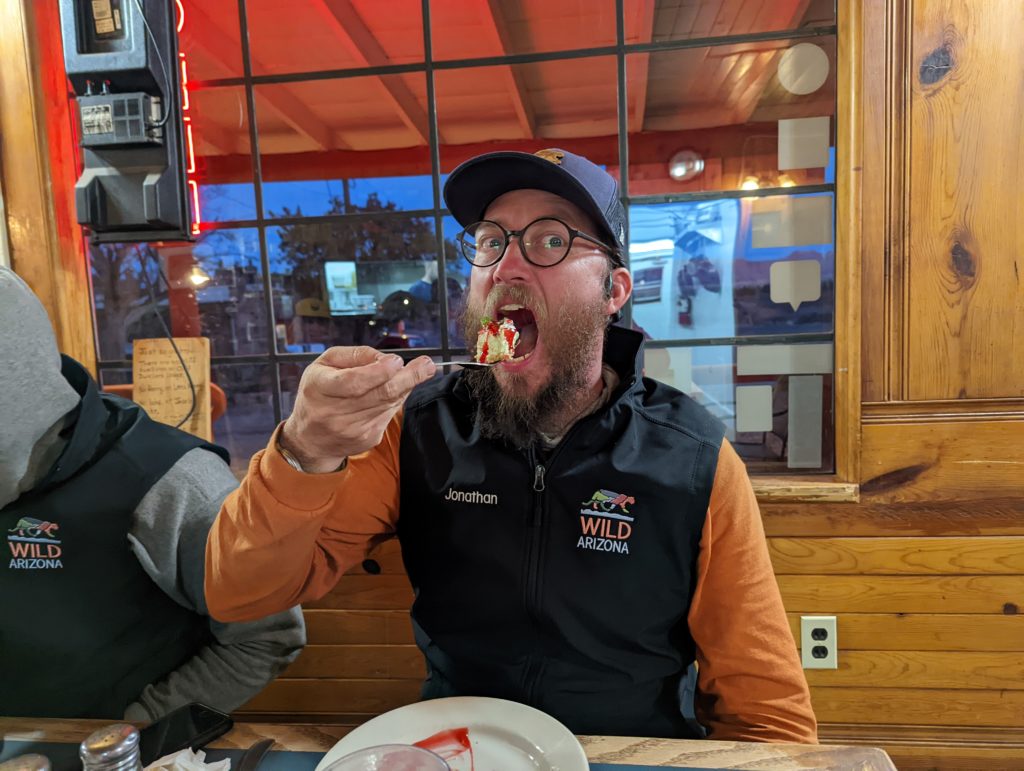


 Sunshine & Snowstorms
Sunshine & Snowstorms  on the Highline Trail
on the Highline Trail





